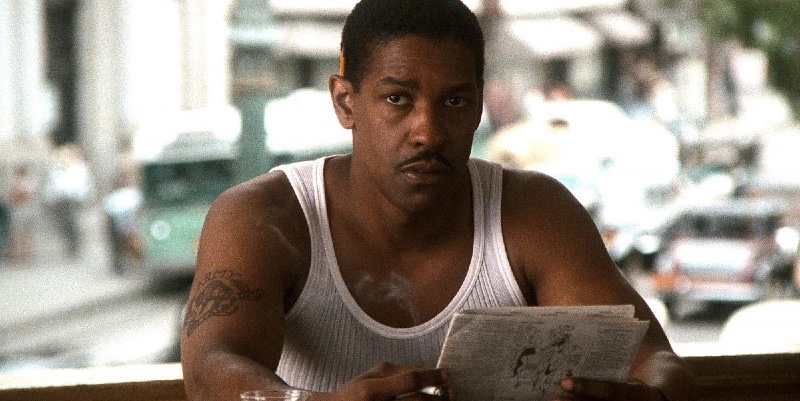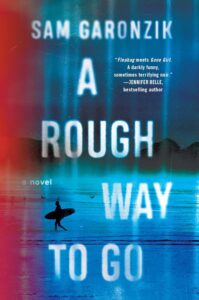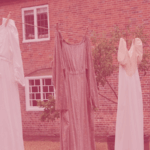Amateur sleuths have been a staple of the mystery genre since the first detective crawled out of the ocean. But to be honest, I think there’s something vaguely condescending about the phrase—it sounds too much like dilettante or wannabe. To complicate things further, the definition of the category has always seemed a little murky. And although crime fiction scholars have whittled away many a long night debating the criteria for membership in this club, we’re still, as Erwin M Fletcher would say, in kind of a grey area. On that note would being an investigative journalist like Fletch still constitute an amateur? If so, what should we do with Henrik Lundqvist and the Girl with the Dragon Tattoo? Then too you might come across the sorts who are neither police officers nor private detectives but “salvage experts” like Travis McGee of the Deep Blue Good-by. You can see how it becomes trickier the farther we get from the Hardy Boys and Miss Marple. Whenever you compile a list like this you risk scorn, derision, and the chance you might get asked– what the hell qualifies you to do this in the first place? But in this business, you have to forge ahead, regardless of your credentials.
Here are the five best amateur sleuths of all-time.
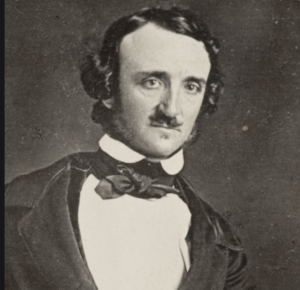
Murders in the Rue Morgue Edgar Allan Poe – Known in some circles as the first detective story ever written, Edgar Allan Poe’s 1841 short story also features an amateur sleuth in the form of C. Auguste Dupin. Our unnamed narrator and Monsieur Dupin are an eccentric pair of Parisian roommates who are neither employed nor particularly social. They keep odd hours. They sleep or read all day and venture outside only in the evenings to walk the streets together engaged in cerebral conversation. When the two bohemians learn of a bizarre double murder, Dupin decides to investigate out of intellectual curiosity and a vague sense of loyalty to a bank clerk who has been arrested for the crime despite little evidence of his guilt.
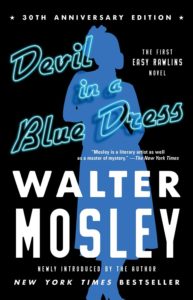
Devil in a Blue Dress Walter Mosley – He might have gone on to become a private detective in later novels, but when we are first introduced to Easy Rawlins one summer afternoon in a Watts bar in 1948, he is an out of work mechanic and World War II veteran recently laid off from the aircraft factory who doesn’t know how he’s going to make his next mortgage payment. That is until he agrees to help find a young white woman name Daphne Monet, rumored to frequent the neighborhood bars and jazz clubs. A beautifully-plotted, hard-boiled and irreverent story of the Great Migration from the Deep South to cities like Los Angeles.
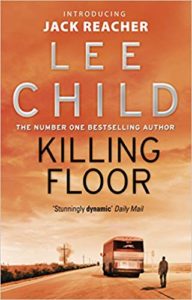
Killing Floor by Lee Child – It may be true that Jack Reacher was a military police officer during his time in the Army but the hulking drifter now spends his days wandering from town-to-town, consuming inhuman amounts of food and coffee, and beating the hell out of bad guys when necessary. It’s possible that Reacher embodies a certain fantasy to travel the countryside unburdened by the suffocating weight of housing, family or employment. Or maybe it’s another sort of longing that involves a 6 foot 5 five man who shows up out of nowhere, solves a problem and then leaves immediately, before you can get sick of him.
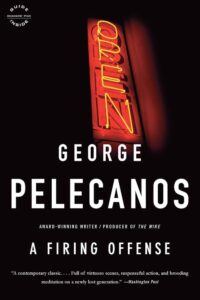
A Firing Offense George Pelecanos – Nick Stefanos is a churn and burn salesman at discount electronics store Nutty Nathan’s who is asked to track down a missing stockboy. Pelecanos offers both a horrifying glimpse into the sleazy retail sales racket along with a compelling depiction of Washington D.C.’s 1980’s hardcore punk-era music scene. Gritty and authentic.
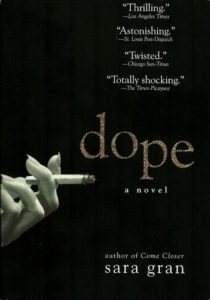
Dope by Sara Gran. – Dope is the pitiless story of ex-junkie and petty thief Josephine Flanagan who’s hired to find a suburban couple’s missing daughter in 1950’s Manhattan. Now Joe must retrace the lost addict’s footsteps through a seedy underworld of addiction she has just barely managed to escape from herself. The sense of impending dread is enough to upset your stomach. A fast-paced, grim and thought-provoking noir from an author who never seems to write a bad sentence.
***

